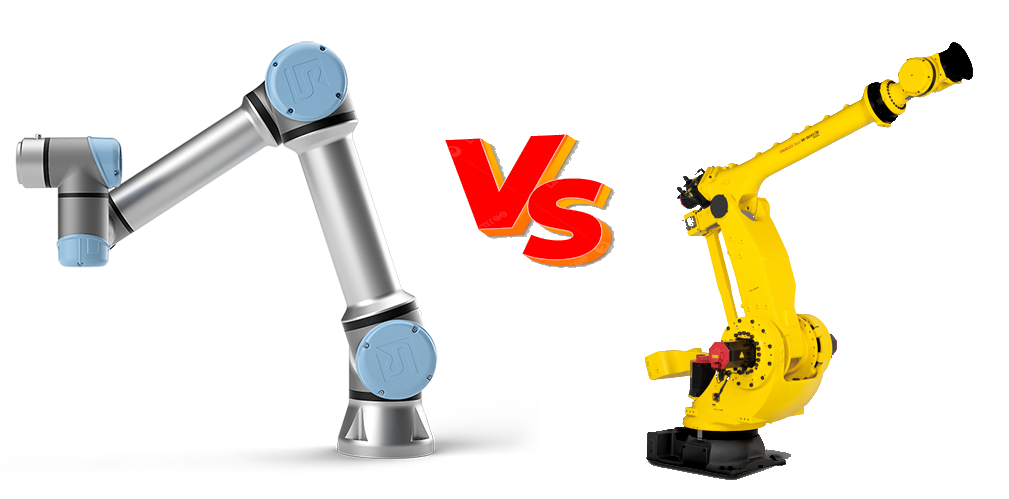What is the difference between Robots and Cobots?
Home > Industrial Robots > difference between Robots and Cobots
Introduction
In today’s industries, automation plays a crucial role in boosting operational efficiency and productivity. At the core of this shift in manufacturing and various sectors are two vital components: traditional robots and collaborative robots, often called cobots. Both contribute to automating tasks, each with its unique characteristics and functionalities tailored to specific operational needs.
Robots
Robots serve as the foundation of automation technology. Engineered to execute tasks autonomously with high precision, robots excel in structured, repetitive environments. They are reliable in performing specific functions such as assembly line operations, intricate manufacturing processes, and heavy lifting. Their deployment is ideal for scenarios demanding unwavering accuracy and consistent performance, contributing significantly to streamlined production processes and reduced error margins.
Cobots
Conversely, cobots represent a shift in robotics technology, designed to collaborate seamlessly with humans. Equipped with advanced sensors, vision systems, and safety features, cobots prioritize human-robot interaction in shared workspaces. Their ability to work closely with humans without extensive safety barriers makes them valuable in industries where dynamic and flexible operations are crucial, such as small-scale manufacturing, healthcare, and logistics.

Programming
Cobots’ adaptability is emphasized by their rapid reprogramming capability, enabling swift adjustments to accommodate evolving tasks. The ease and speed of reprogramming reduce downtime and facilitate seamless transitions between different operational phases. On the other side, Robots are normally programmed ones, then they are running the program forever. Until someone decides to use the robot for a different job.
Safety
One of the primary advantages of cobots is their strong emphasis on safety. Equipped with sophisticated sensors and detection mechanisms, cobots can detect and react to the presence of humans, ensuring a secure working environment without compromising productivity. These safety features mitigate potential risks associated with human-machine interaction, essential for industries requiring close collaboration. Robots are not safe at all, they need to be fenced around and they don’t stop when they come in a collision with a person.
Conclusion
The fundamental difference between robots and cobots lies in their design philosophy and operational modality. Robots are engineered for standalone operations in controlled environments, often behind safety enclosures. In contrast, cobots are crafted to work alongside humans, emphasizing adaptability, safety, and real-time interaction in shared workspaces. Robots excel in roles requiring precision, endurance, and routine performance, such as automotive manufacturing, electronics assembly, and heavy machinery production. Cobots thrive in dynamic environments where tasks are variable and demand flexibility, adaptability, and human oversight. Cobots stand out for their inherent flexibility and adaptability. Their reprogrammability allows for swift task changes, efficiently managing fluctuating demands, product variations, and agile production processes. The agility and responsiveness of cobots enable industries to promptly respond to market changes, resulting in optimized productivity and resource utilization.